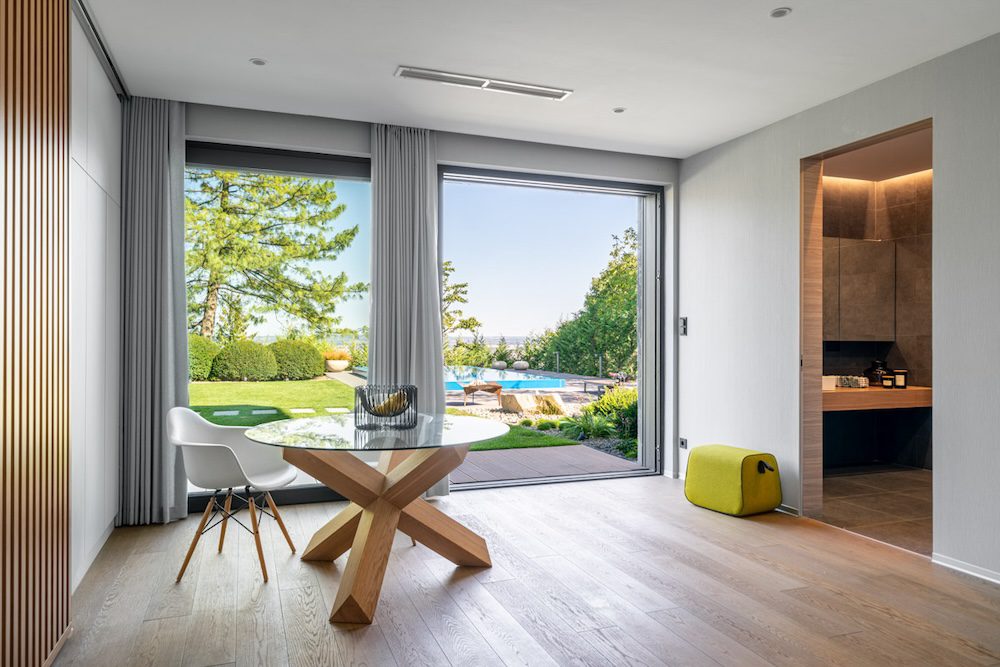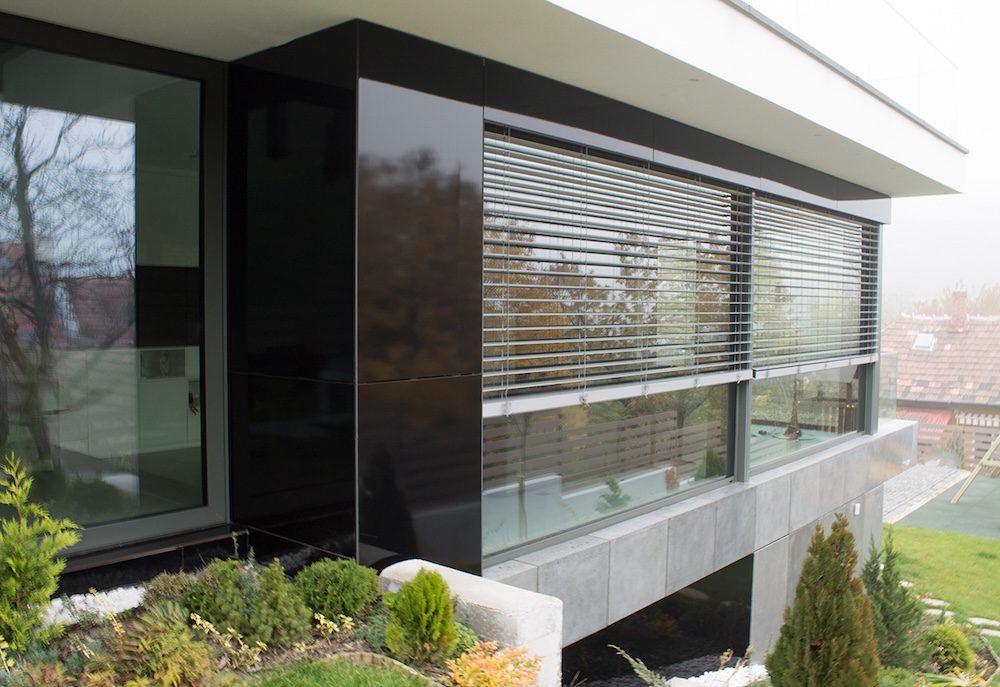Those about whom who nobody ever talks, or the eminences of manufacturing preparation

KAV’s customers come into contact with several of our colleagues in the bidding, preparation and construction processes in the course of a job. These are our sales and estimation colleagues, our technical and manufacturing preparation engineers, our project engineers, and then our installation specialists. It is very rare that the end-user comes into contact with the manufacturing preparation engineers. In this article, we’d like to describe the work of these professionals in connection with the Continental Golf Club construction project.
The design of the lower reception structure of the custom-dimension aluminium sliding doors, the design of the waterproofing lines to be applied to it, and the type, size and position of the steel beams supporting the architrave of the aluminium sliding doors were developed in a series of cooperative discussions with Kroki Architect Studio and the team of development engineers working for the Continental Golf Club. We then designed the installation and fixing connections for the aluminium sliding doors and windows, as well as the unique aluminium plate closures and the special fit to the glued timber supports, according to the sectional junction plans conceived and prepared by KAV. In addition to the technical and manufacturing preparation, the above-mentioned skilful coordination was also necessary in order to support the installation and assembly work.
Is that what it takes to prepare a job in one’s mind, from a door and window manufacturer’s point of view? In addition to the organisational issues mentioned above, the KAV manufacturing preparation team of engineers had several tasks to complete. This project involved the manufacture and delivery to site of three custom-made 3-track lift-and-slide doors, which were significantly oversized. There was no question that the structures would have to be delivered and lifted as three pieces, but how would the aluminium system material supplier be able to assemble the roughly 9 metre casings in such a way that the wings could be slid smoothly, even in the event of significant movements of the host structure or widening by themselves? Unfortunately, no factory solution exists for these tasks. KAV’s engineers had to develop a solution that, after a clever shop-floor application, on-site fitting and fine height adjustment, as well as perfect water tightness, became resolvable. We relied on the help offered by 3D printing and the ingenuity of our colleagues.
As just one example of the challenges of this job, one of the architectural designers’ requirements was to ensure that the impact axis of the sliding door sashes, when closed, coincided exactly with the axis of the laminated glued timber frame. Even the factory software of a system material supplier is unable to draw up the requested specifications, and I think that the average casement door/window manufacturer most probably can’t or isn’t willing to interpret this request. It is possible to measure and determine this axial adjustment demand by modelling it using CAD design software, set by a kind of iteration.
As with this job, but also with almost all of our major custom structures, it is common for pre-production software to simply throw in the towel and create an incorrect or incomplete cutting and machining plan that needs to be tinkered with and corrected. It’s necessary to write a customised cutting and CNC machining program, because the software designers can’t think of all the possibilities we might encounter in our daily custom work, and then we have to solve the problems of manufacturability in manageable dimensions and the fitting and lifting issues of on-site installation.
The above mentioned tasks and challenges are encountered on a daily basis by our colleagues in our Kisbér factory and in our Budapest office. They work in such a way that we receive the individual aluminium window components on site in a pre-designed, elaborated form. They are the ones about whom nobody ever talks, but without them all “custom” manufacturing would start with head-scratching and cluelessness. They are the eminences grises of production preparation.
MoreNews
























